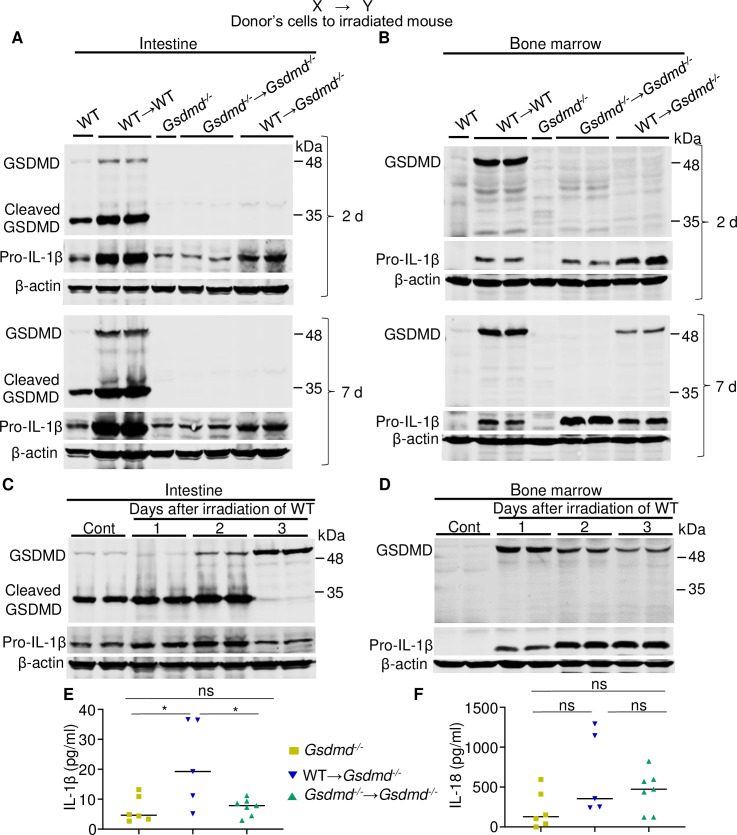Fig 3. Radiation-induced systemic inflammation correlates with the extent of GSDMD activation.
(A, B, E, F) Three-month-old WT or Gsdmd-/- male mice were left untreated or subjected to 9-Gy TBI. Irradiated mice were transplanted with 107 bone marrow cells from 3-month-old WT or Gsdmd-/- male mice to generate WT→WT, Gsdmd-/-→Gsdmd-/-, and WT→Gsdmd-/ mice. (C, D) Three-month-old WT male mice were left untreated or subjected to 9-Gy TBI (irradiated mice were not transplanted with bone marrow cells). Samples from 1–2 mice/group were collected 2 or 7 days after TBI/BMT (A, B) or 1, 2, and 3 days post TBI (C, D) and analyzed alongside control (”Cont”) lysates by immunoblotting. (E, F) IL-1β and IL-18 levels in the serum from chimeric mice (3 weeks post TBI/BMT) and control mice. The data underlying this figure may be found in S1 Data and S2 Data. Data are mean ± SEM. *P < 0.05. BMT, bone marrow transplantation; GSDMD, gasdermin D; IL, interleukin; ns, not significant; TBI, total body irradiation; WT, wild-type.

